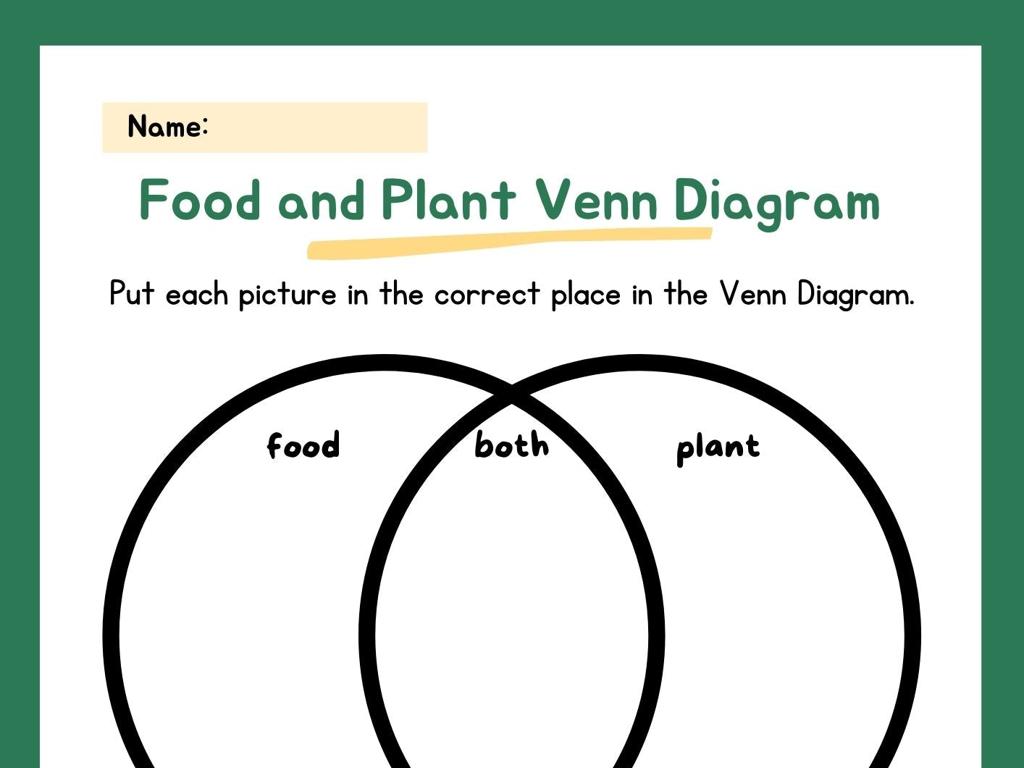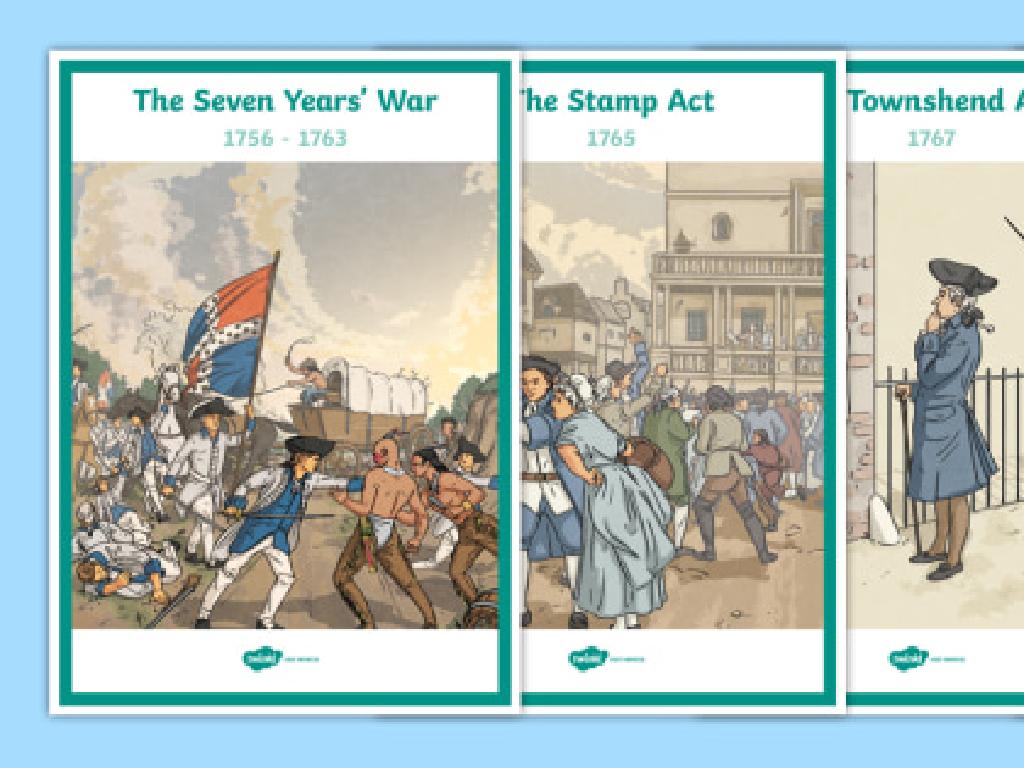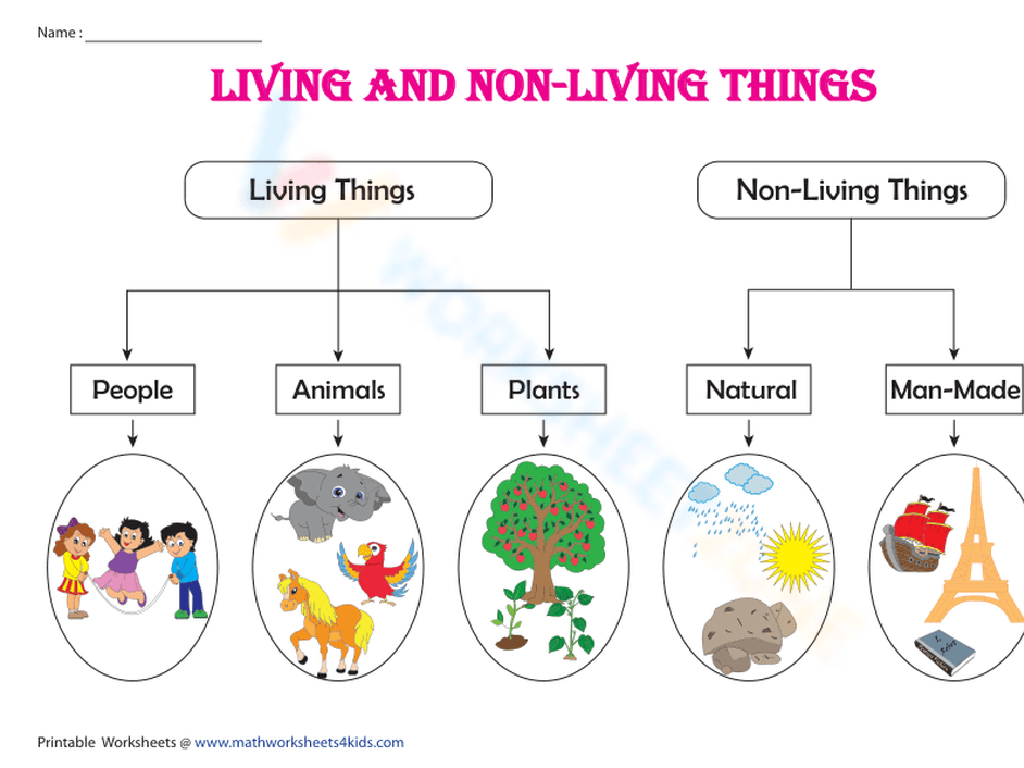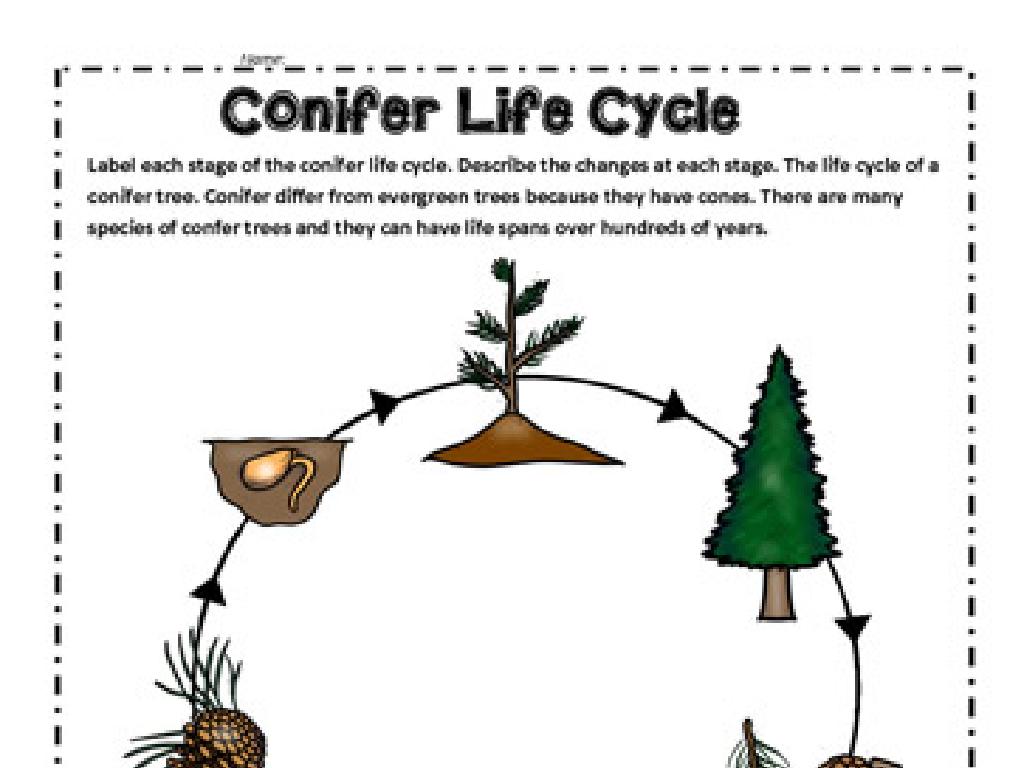Add Three One-Digit Numbers
Subject: Math
Grade: Second grade
Topic: Addition: One Digit
Please LOG IN to download the presentation. Access is available to registered users only.
View More Content
Welcome to Addition!
– Becoming addition experts
– Add three one-digit numbers
– Combine numbers like 2 + 3 + 4
– Why addition is important
– It helps with counting and calculating
– Addition in daily life
– Use it for counting items, money, and time
|
Today’s lesson is focused on helping second-grade students understand and practice the concept of adding three one-digit numbers. Start by engaging their excitement about becoming ‘addition experts.’ Explain the process of addition as combining numbers to find a total. Emphasize the importance of addition in math, highlighting how it is the foundation for more complex arithmetic. Relate the skill to everyday life by giving examples such as adding up toys, counting money, or figuring out the total time spent on activities. Encourage students to think of their own examples where they use addition. Provide plenty of practice problems and use manipulatives like counters or blocks to visually demonstrate the concept.
Understanding Addition: Combining Numbers
– Addition means combining numbers
– It’s like adding groups of things together
– Example with apples: 2 + 3
– If you start with 2 apples and get 3 more, you combine them.
– How many apples do you have now?
– We add 2 and 3 to find the total number of apples.
|
This slide introduces the concept of addition to second-grade students by relating it to combining groups of objects, something they can visualize and understand. Start by explaining that addition is simply the process of putting numbers together to find a total amount. Use tangible examples, like combining apples, to illustrate this point. Show them that if you have 2 apples and you get 3 more, you can find out how many you have by adding the two numbers together (2 + 3). Encourage the students to use their fingers or objects to practice this concept. The goal is for them to understand that addition is a way to find out the total when we combine groups.
Adding Two Numbers Together
– Start with two one-digit numbers
– Example: 4 + 3 equals what?
– Add 4 objects and 3 objects, how many in total?
– Count all objects to find total
– Use fingers or drawings to count
– Understanding addition basics
|
This slide introduces the concept of addition by starting with the basics of adding two one-digit numbers. Use visual aids like objects or fingers to help students count and find the total. For example, if we have 4 apples and add 3 more apples, how many apples do we have in all? Encourage the students to count all the apples together to find the sum. This exercise lays the groundwork for understanding addition before moving on to adding three one-digit numbers. Make sure to walk around the classroom to assist students who may need help with counting and to answer any questions.
Adding Three One-Digit Numbers – Step 1
– Start by adding the first two numbers
– Example: For 2 + 3 + 4, first do 2 + 3
– Begin with 2 + 3 to get 5, then we’ll add 4 next
– Practice adding with new numbers
– Let’s try 1 + 5 + 3 together as a class
– Understand addition is putting together
– Adding means combining numbers to get a total
|
This slide introduces the concept of adding three one-digit numbers by breaking down the process into manageable steps. Start by explaining that we add the first two numbers together. Use the example provided to illustrate this point. Then, engage the students with a practice activity where they can try adding different sets of numbers together. Emphasize that addition is the process of combining numbers to find out how many there are in total. Encourage students to use their fingers or counters to help them visualize the addition process. The goal is for students to feel comfortable with the first step of this addition strategy before moving on to adding the third number.
Adding Three One-Digit Numbers – Step 2
– Add the first two numbers
– Find the sum of 2 + 3
– The sum of 2 + 3 is 5
– Add the sum to the third number
– Now add 5 to the third number, which is 4
– Example: (2 + 3) + 4 equals?
– (2 + 3) + 4 is the same as 5 + 4, which equals 9
|
This slide focuses on the second step of adding three one-digit numbers. After students have added the first two numbers, they should find the sum, which in our example is 5. The next step is to add this sum to the third number. It’s crucial to emphasize that addition is associative, meaning that numbers can be added in any order and the result will be the same. Use the example (2 + 3) + 4 to illustrate this point. The sum of 2 + 3 is 5, and when we add 4, we get 9. Encourage students to practice this step with different numbers and to check their work by adding the numbers in a different order to see if they get the same result.
Let’s Practice Together: Adding One-Digit Numbers
– I’ll demonstrate some examples
– We’ll solve the examples together
– Example: 1 + 2 + 3 = ?
– What does 1 + 2 + 3 equal to?
– First add 1 + 2, then add 3
– Start with 1 + 2 = 3, then 3 + 3 = 6
|
This slide is designed to engage students in a collaborative problem-solving activity. Begin by demonstrating how to add three one-digit numbers with a simple example. Encourage the students to participate by solving the example together as a class. Emphasize the step-by-step process: first, add the first two numbers, and then add the third number to the sum. This method helps in simplifying the problem and avoiding confusion. After the demonstration, allow the students to try additional examples in pairs or small groups. Provide guidance and support as needed, and ensure to celebrate their successes to build confidence.
Your Turn to Try: Adding Numbers!
– Add three one-digit numbers together
– Solve the practice problems
– Use the problems on your worksheet
– It’s okay to make mistakes
– Remember, mistakes help us improve
– Learning from errors is important
– Every mistake is a step towards mastery
|
This slide is designed to encourage students to actively engage in the learning process by practicing addition on their own. Provide a worksheet with practice problems for adding three one-digit numbers. Remind students that making mistakes is a natural part of learning and that each error provides an opportunity for growth. During this activity, circulate around the room to offer support and guidance. Be prepared to provide positive feedback and strategies for students to correct their mistakes. Consider grouping students so they can help each other, or create a game where they earn points for correct answers and for explaining their thought process when correcting a mistake.
Class Activity: Addition Relay
– Let’s play an addition game
– Work in teams to solve problems
– Each member adds one number
– Pass it on to the next person
|
This activity is designed to encourage teamwork and quick addition skills. Divide the class into small groups, each group will be a team. Give each team a set of addition problems that involve three one-digit numbers. One member of the team starts by adding the first two numbers, then whispers the sum to the next team member, who adds the third number. The last member writes down the final sum before passing it to the teacher. Have multiple rounds to keep the game exciting. Possible variations: 1) Use dice to generate random numbers for addition. 2) Time each team for a ‘speed round’. 3) Offer simple rewards for correct answers. 4) Introduce ‘challenge’ rounds with more numbers to add. 5) Have teams create their own addition problems for others to solve.
Great Work on Addition!
– Mastered adding 1-digit numbers
– Practice to become a math star
– Try adding numbers using objects like toys
– Keep practicing with fun activities
– Use worksheets or math games at home
– Exciting: Adding bigger numbers next!
|
Congratulations to the class for learning how to add three one-digit numbers! It’s important to encourage the students to continue practicing at home using various methods such as counting objects, using interactive games, or completing worksheets. This will help solidify their understanding and prepare them for the next lesson, which will introduce adding larger numbers. Make sure to acknowledge their progress and effort to boost their confidence. Provide parents with resources or suggestions for practice activities they can do with their children at home.






